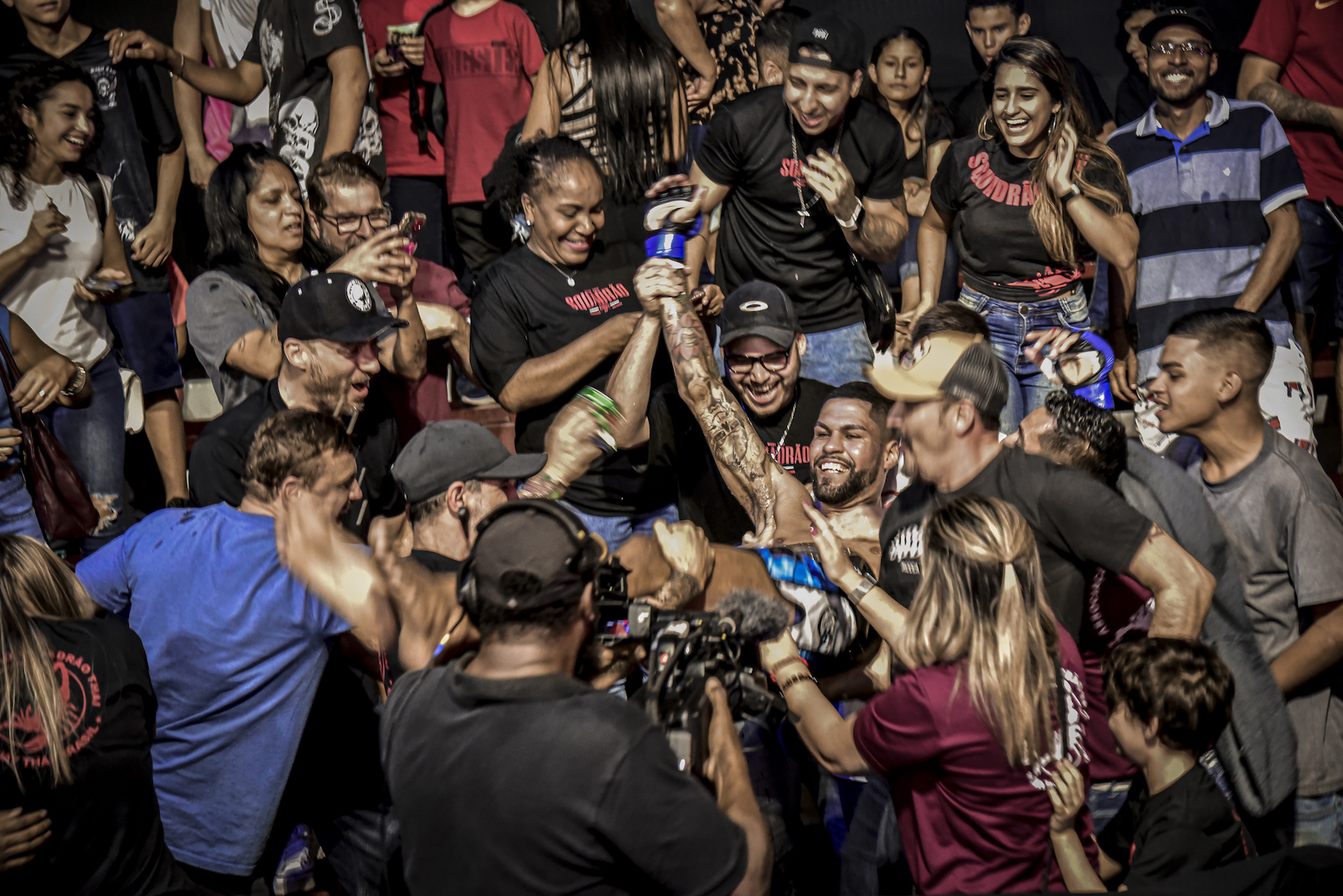
The rise of digital platforms has revolutionized the way sports engage with their audiences, and Mixed Martial Arts (MMA) is no exception. From live streaming and social media to interactive apps and fantasy sports, digital innovations have transformed how fans consume, discuss, and interact with the sport. As MMA promotions look to expand their reach, understanding how digital platforms shape fan engagement is crucial for the future of the sport.
The Shift to Digital Consumption
In the early days of MMA, fans relied primarily on television broadcasts and pay-per-view events to watch fights. While these traditional methods still hold significance, digital platforms have increasingly taken center stage. Streaming services such as UFC Fight Pass, ESPN+, and Amazon Prime Video have made it easier for fans to access live fights from anywhere in the world. Promotions like SFT Combat in Brazil are also leveraging digital broadcasts to expand their audience beyond local markets.
Social media has played a significant role in this transition. Fighters, promotions, and media outlets use platforms like Instagram, Twitter, TikTok, and YouTube to share content, interact with fans, and build hype around upcoming events. The direct connection between fighters and their audiences through these platforms has created a more personalized experience, allowing fans to feel closer to their favorite athletes.
The Role of Social Media in MMA Engagement
Social media platforms have become a battleground for engagement, where live updates, highlight reels, and behind-the-scenes footage capture the attention of millions. Fighters who effectively use social media not only boost their own brand but also contribute to the overall popularity of the sport. Interactive features such as Q&A sessions, fan polls, and live chats provide new avenues for engagement beyond traditional fight promotions.
In addition, platforms like Twitter and Reddit have become hubs for discussion, where fans debate fight outcomes, analyze performances, and share real-time reactions. These conversations keep fans engaged long after an event concludes, fostering a continuous dialogue about the sport.
Streaming and On-Demand Content
The accessibility of MMA content has drastically improved with the rise of on-demand streaming services. Unlike traditional cable television, digital streaming offers fans the flexibility to watch past fights, documentaries, and exclusive interviews whenever they choose. This has led to greater exposure for fighters and promotions, as fans can discover and follow their favorite athletes without being restricted by regional broadcasts.
Organizations are also leveraging digital content to enhance engagement beyond fight nights. Features such as training camp documentaries, fighter interviews, and instructional videos help maintain interest between events, keeping audiences invested year-round.
Gamification and Fantasy Sports
The introduction of gamified experiences has further deepened fan engagement in MMA. Fantasy sports platforms and betting apps allow fans to test their knowledge by predicting fight outcomes, drafting fantasy teams, and competing against other fans. As Brazil moves towards a fully regulated sports betting market, MMA promotions have an opportunity to integrate interactive betting and fantasy sports into their digital strategies.
Augmented reality (AR) and virtual reality (VR) experiences are also emerging in the MMA space. These technologies can offer fans immersive training simulations, virtual meet-and-greets with fighters, and 360-degree fight replays, pushing engagement to new levels.
The Future of Digital Engagement in MMA
As technology continues to evolve, MMA promotions must adapt to remain competitive. Expanding digital content libraries, integrating interactive experiences, and personalizing fan engagement strategies will be essential for growth. With an increasingly global audience, embracing multiple digital platforms will ensure that MMA remains at the forefront of sports entertainment.
Promotions like SFT Combat, which already has a strong presence on social media, can leverage these trends to further engage audiences. By incorporating live Q&As, behind-the-scenes content, and interactive fantasy sports elements, they can strengthen their connection with fans and enhance their overall brand appeal.
Conclusion
The impact of digital platforms on MMA fan engagement cannot be overstated. From live streaming and social media to gamification and immersive experiences, the digital revolution has redefined how fans interact with the sport. As MMA continues to grow, embracing and optimizing these digital tools will be critical in shaping the future of fan engagement and ensuring that the sport remains as exciting outside the cage as it is within it.
